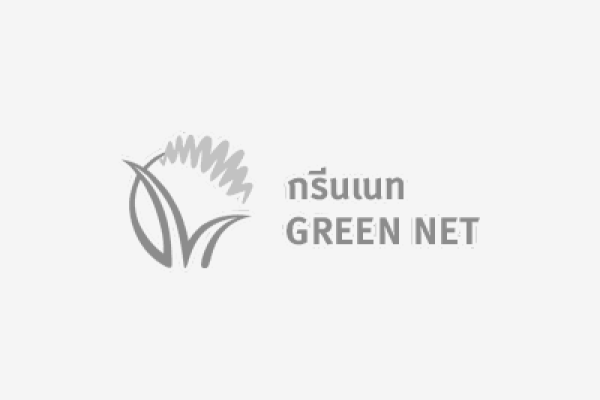
Bhutanese Traditional Herbal Medicine By Pichai Samrongsang
Not long ago I made my first field visit to Samtse the southern part of Bhutan, where I had the chance to learn about their organic farming techniques, eco-toilets, and local agrarian culture. This area has a high plant biodiversity, but there is also a risk of disease, and I saw a lots of signboards warning about malaria infection. When I came back to Thimphu I got sick, maybe because of the immediate change in climate from rainforest to alpine. As my usual experience with hospitals is that they just distribute paracetamol or other pain killers to their patients, I thought it would be good to find some local herbal treatment instead. I asked to be taken to the National Traditional Medicine Hospital, which is nearby my residence., The doctor there aside from providing an expert medical checkup and treatment, also advised me to stop drinking alcohol, smoking, and eating meat.
Much of Bhutanese traditional medicine knowledge is shared with Tibet because the geographic and variety of plants is similar. Traditional medicine was introduced as a part of the National Health Care System in 1967, when production of traditional medicines was started on a very small scale. In 1982, the production of traditional medicines was mechanized with the procurement of some basic grinding equipment with WHO support. By 1997, there were more than 600 varieties of herbs identified and more than 300 varieties of herbs in medicinal production as well as some material imported from India.
Many Bhutanese both of the old and new generations trust in traditional medicine treatment and queue up for the service. They feel natural treatment is better (The human as part of nature should serve nature our self) because they know about side effects of modern medicines that may accumulate in the body.


